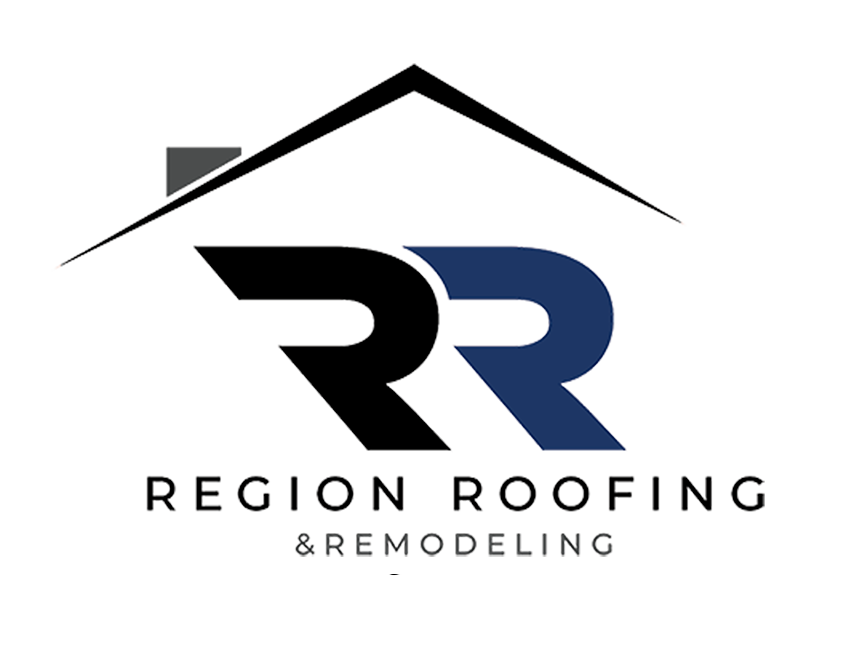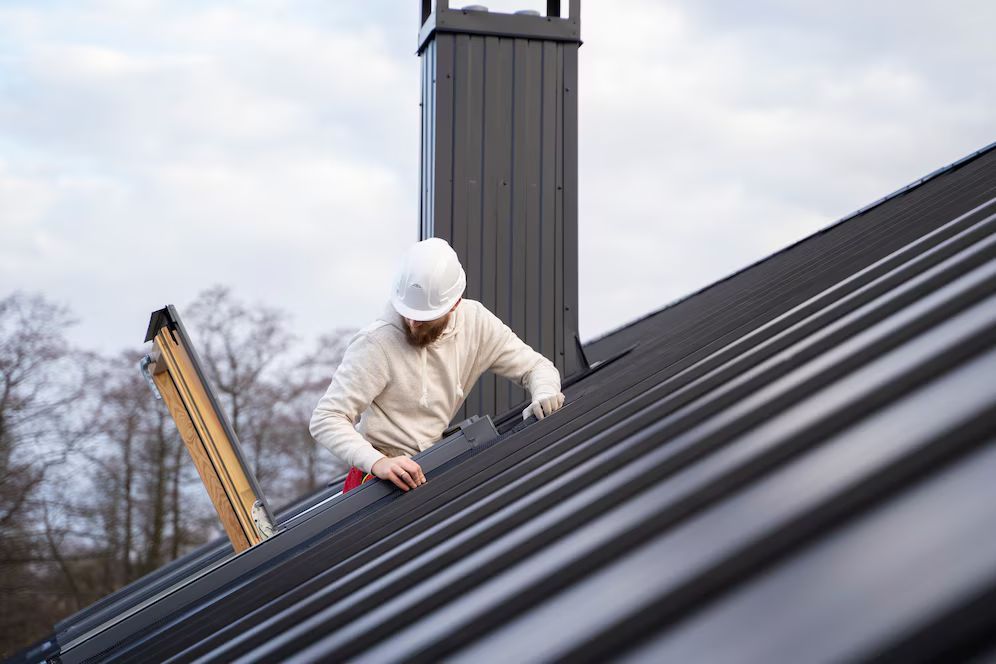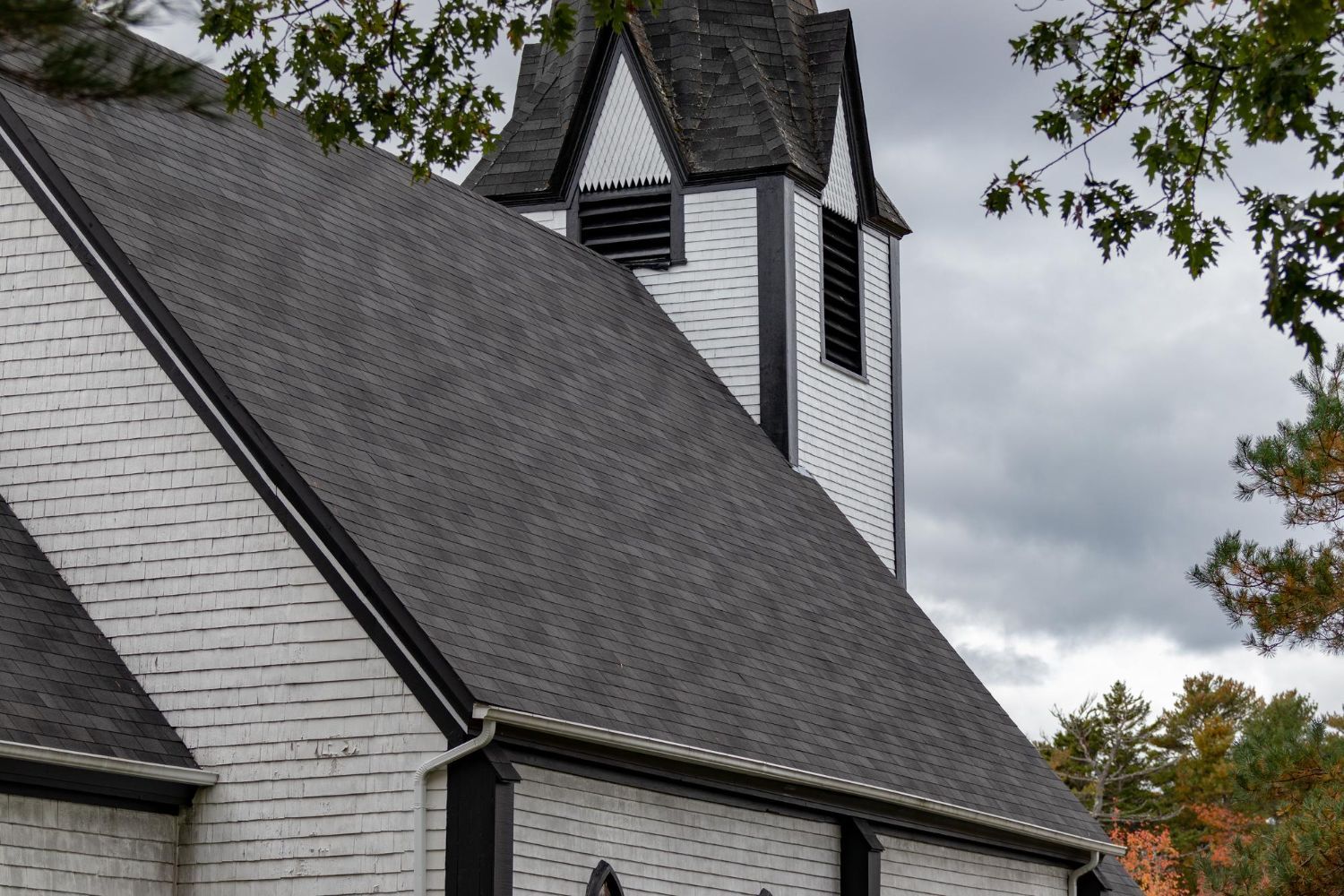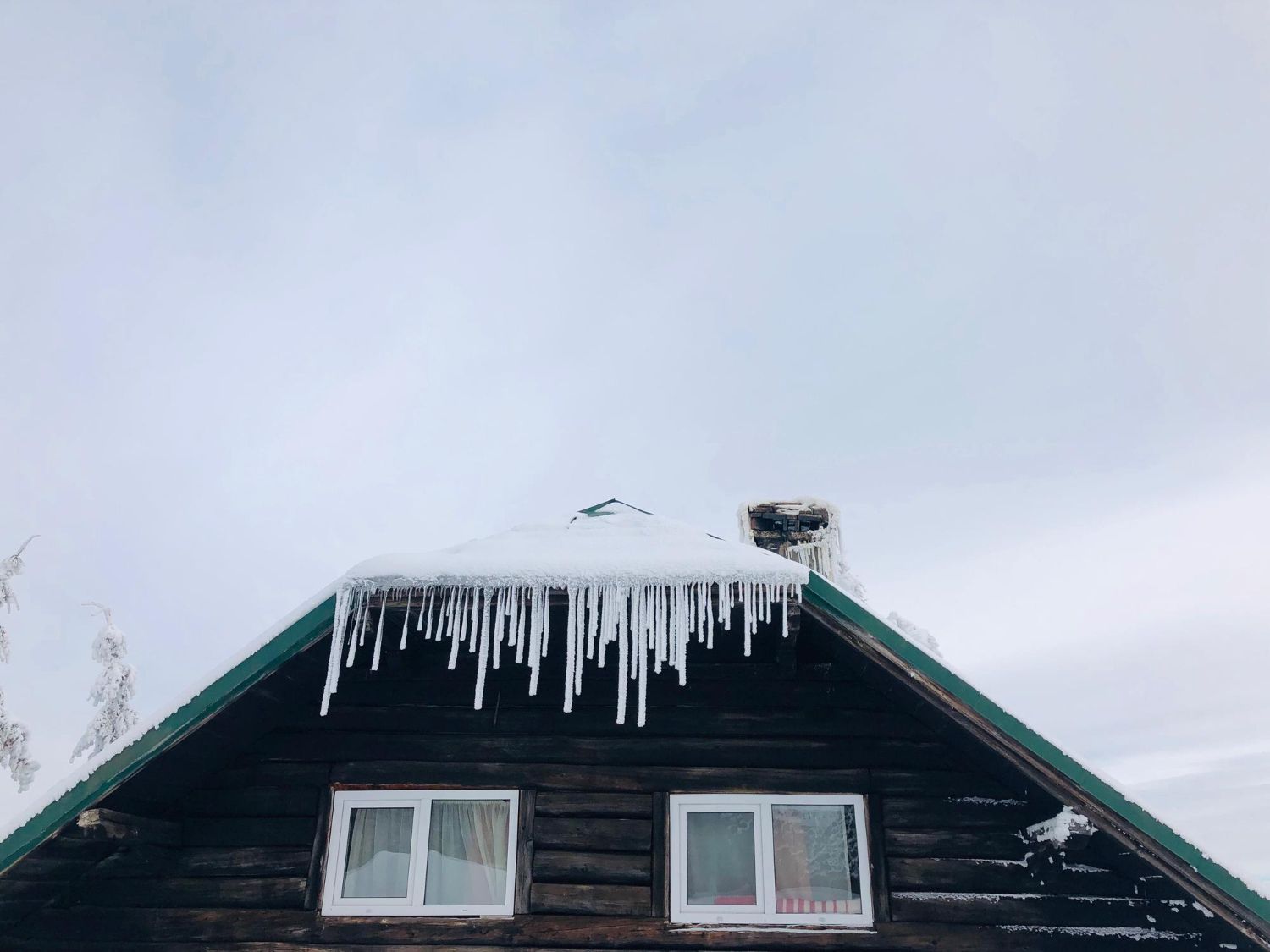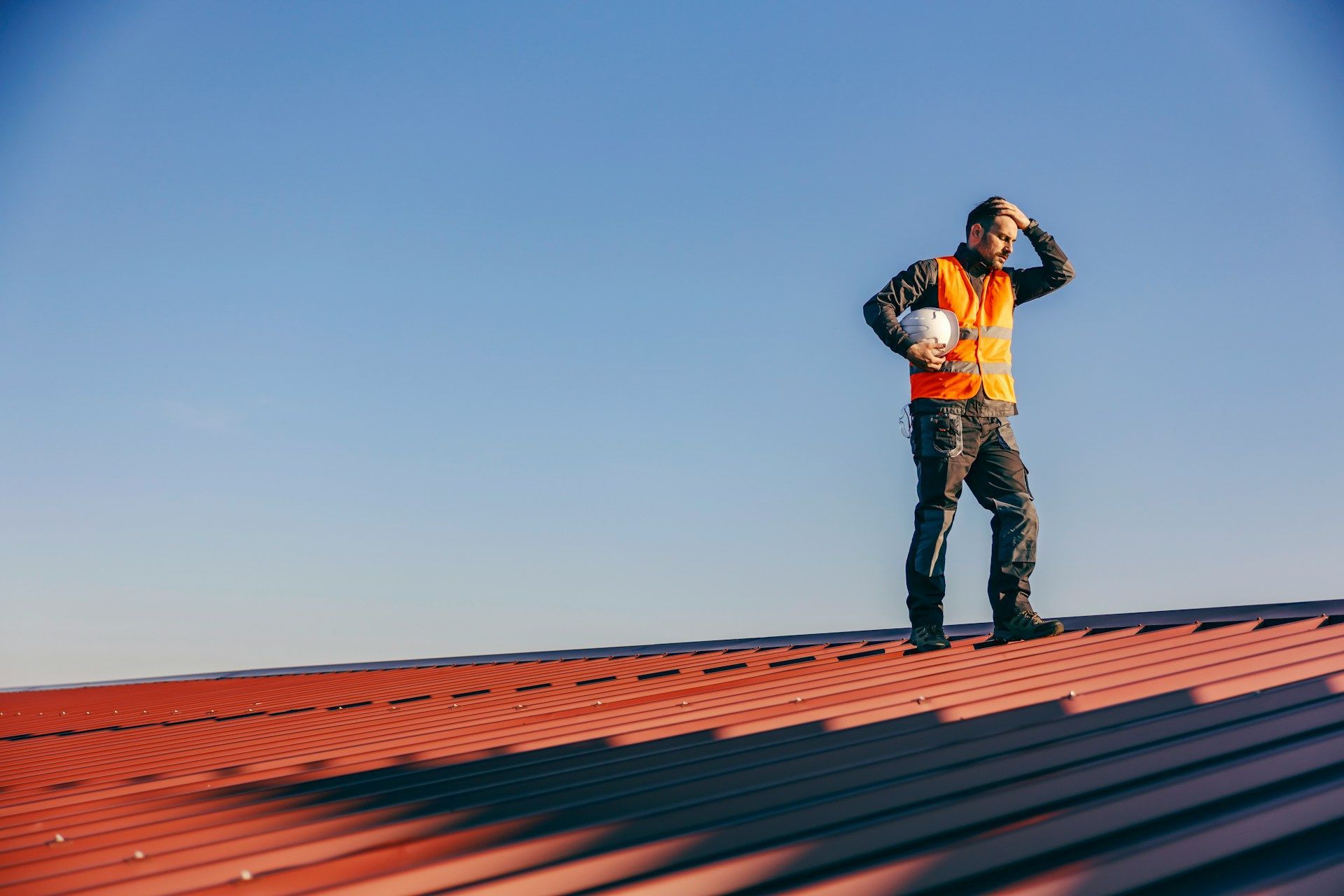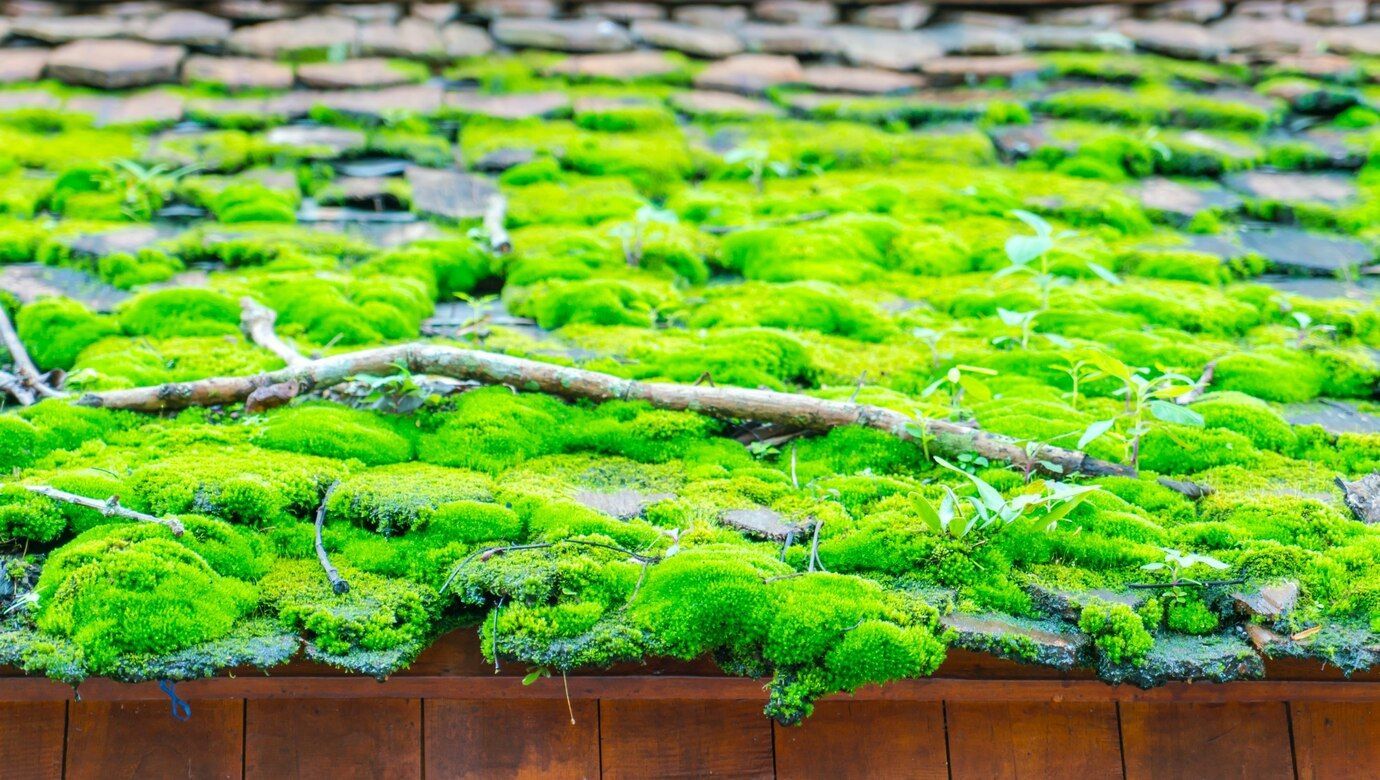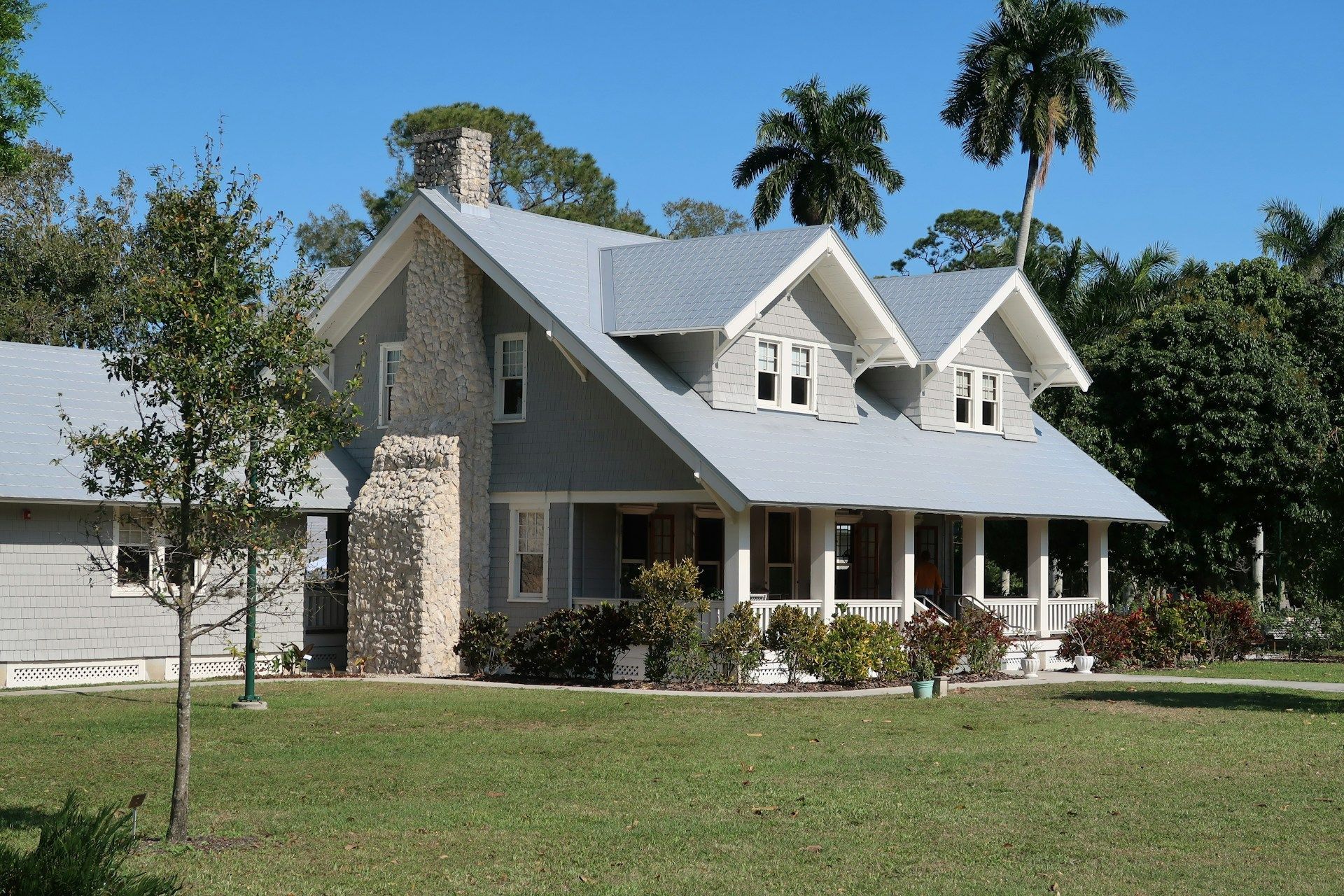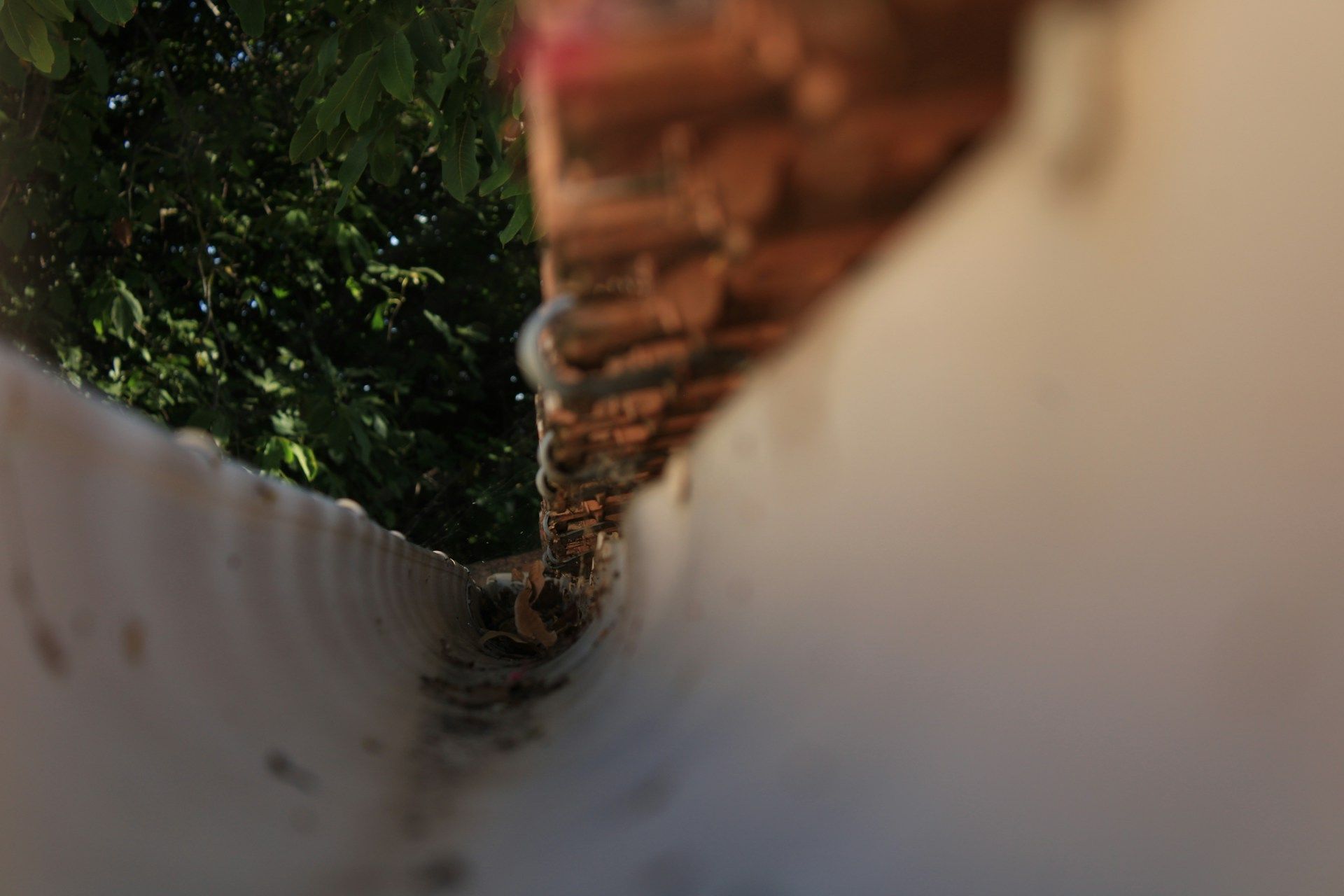Why Winter Roof Inspections Are Crucial for Your Safety
Winter can be tough on your home's roof. Ice, snow, and freezing temperatures can all cause trouble if your roof isn't ready to handle them. Even little issues, like small leaks, can become big problems during the cold months. Checking your roof before winter really sets in helps catch these problems when they're manageable.
Making sure your roof is in shape matters for more than just fixing leaks. It's about keeping your home comfy and your family safe. Winter inspections help stop bigger, more expensive issues from coming up later. They also help your roof last longer. During these checks, you can catch damage early and sort it out before it grows.
Whether you do it yourself or call in professionals, staying on top of your roof care is a smart move. It lets you enjoy winter without worrying about your roof holding up. Plus, maintaining a healthy roof can make your home more energy-efficient, keeping those heating bills in check.
Identifying Potential Winter Roof Issues
Winter brings specific challenges for roofs, directly impacting their performance and durability. Some of the common issues that arise during this season include ice dams, leaks from snow buildup, and gutter blockages.
Ice dams form when heat from your home melts snow on the roof, which then refreezes at the eaves, creating a barrier. This can trap melted water behind it, causing water to seep under the shingles and into your home. Over time, this can lead to water damage, rotting wood, and other structural problems.
Heavy snowfall can put stress on your roof, sometimes leading to leaks. As the snow melts and refreezes, it can cause cracking in shingles or even lift them off the roof. These vulnerabilities allow water to enter your home, leading to potential interior damage.
Gutters can become blocked by ice or debris, preventing proper drainage. When gutters are clogged, water can overflow and damage the siding or even the foundation of your home. Overburdened gutters can warp or detach from the house as well.
Extreme temperatures, fluctuating between freezing cold and milder days, can further compromise roof health. Shingles become brittle in the cold, making them more susceptible to cracking or breaking. Additionally, temperature changes can cause expansion and contraction of roofing materials, which might lead to seal failures and leaks.
Understanding these potential problems helps you address them early, before they turn into costly repairs. Being proactive with inspections ensures you can catch these issues and keep your roof in good shape throughout the winter.
Benefits of Winter Roof Inspections
Winter roof inspections are vital for maintaining the safety and efficiency of your home. Conducting these inspections provides a range of benefits, ensuring that your roof remains in optimal condition despite the harsh weather.
One major benefit is the ability to uncover hidden damage before it worsens. By identifying issues such as loose shingles or minor leaks early on, you can address them before they escalate into significant problems that require extensive repairs. This early detection can prevent headaches and save you money in the long run.
Regular winter inspections also help extend the lifespan of your roof. After all, addressing small problems as they arise prevents them from compromising the roof’s overall integrity. This proactive approach not only preserves the roof's structure but also helps maintain its ability to protect your home from the elements.
Energy efficiency is another key advantage of winter roof inspections. A well-maintained roof provides better insulation, reducing your heating costs during the colder months. Catching and fixing areas where heat may escape, like around vents or damaged shingles, keeps your home warm without extra energy expenses.
Finally, conducting winter roof inspections ensures peace of mind. Knowing that your roof has been thoroughly checked allows you to rest easy when winter storms hit, confident that your home is secure and prepared to withstand whatever the weather brings. Prioritizing these inspections will pay off by keeping your roof reliable and extending its life for years to come.
Steps in Conducting a Winter Roof Inspection
Conducting a winter roof inspection is essential for spotting potential problems early. Follow these steps to ensure a thorough inspection:
1. Check for Loose or Missing Shingles:
Look for shingles that might have loosened during storms or from ice buildup. Loose shingles make it easier for water to penetrate the roof.
2. Examine Flashings: Pay attention to areas around chimneys, vents, and skylights. Flashings should be secure without any visible gaps or rust. Damaged flashings can lead to leaks.
3. Inspect Gutters and Downspouts: Ensure gutters are not clogged with leaves, ice, or debris. Clear gutters help water flow away from the roof effectively, preventing overflow and damage.
4. Look for Signs of Ice Dams: Examine the eaves and overhangs for ice buildup. Ice dams block water drainage and can cause significant roof damage if left unchecked.
5. Interior Check:
Go into the attic and look for signs of water stains, mold, or damp insulation. These can indicate leaks that need immediate attention.
When inspecting, take safety precautions seriously. Wear non-slip shoes and use a sturdy ladder. Avoid climbing onto the roof when it's icy or wet. If conditions are unsafe, consider using binoculars for a ground-level check or wait until it's safe to inspect.
Professional vs. DIY Roof Inspections
Choosing between a professional or DIY inspection depends on various factors. Here are some pros and cons to consider:
DIY Inspection Pros:
- Cost-Saving: No expense for labor, which can be budget-friendly.
- Immediate Attention: You can inspect anytime, without waiting for an appointment.
DIY Inspection Cons:
- Limited Expertise: Lack of professional knowledge might cause you to miss subtle issues.
- Safety Risks: Climbing ladders and inspecting roofs can be hazardous without proper training.
Professional Inspection Pros:
- Comprehensive Assessment: Trained eye for hidden problems ensures nothing is overlooked.
- Safety: Professionals are equipped and trained for safe inspections, even in difficult conditions.
Professional Inspection Cons:
- Expense: Hiring experts incurs additional costs.
- Scheduling: May require waiting for an inspection appointment.
Decide on a DIY or professional approach based on your expertise, comfort with heights, and the overall condition of your roof. Complex or severe issues warrant bringing in professionals to ensure no critical details are missed.
Conclusion
Winter roof inspections are pivotal in safeguarding your home from the season's harsh conditions. By proactively checking for issues like loose shingles, compromised flashings, and clogged gutters, you ensure that your roof stands strong against the elements. Understanding the benefits of these inspections, such as preventing costly repairs and enhancing energy efficiency, empowers homeowners to take action before problems escalate.
For those unsure of their DIY skills or facing complex roof issues, seeking the help of professionals is a wise decision. Region Roofing & Remodeling is dedicated to providing expert assessments and reliable solutions, ensuring your roof is winter-ready. You can trust us to help maintain your roof's durability and your home's safety. Connect with us today for a thorough
roof inspection and enjoy the peace of mind that comes with professional care.
